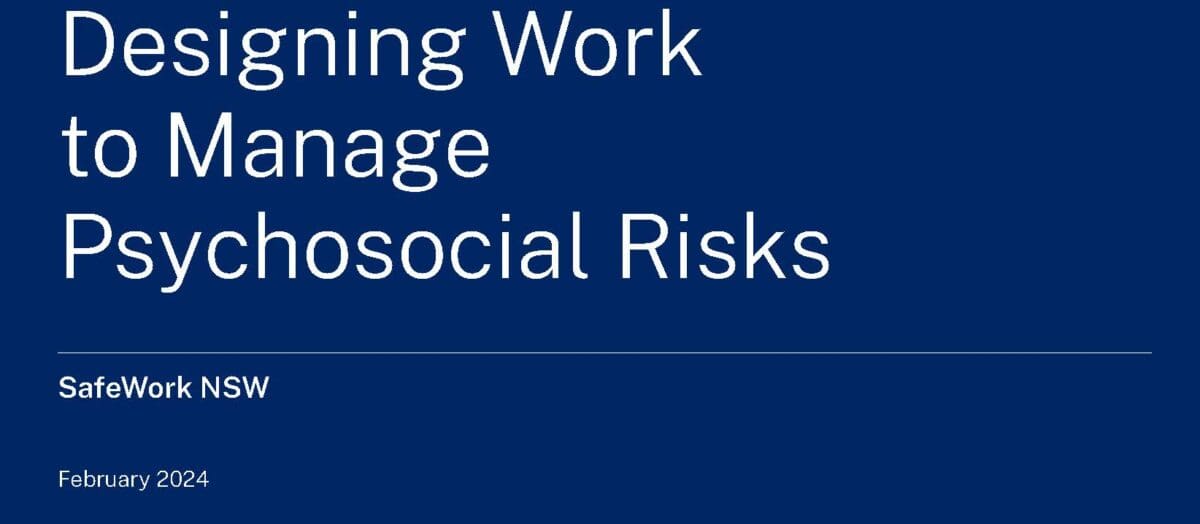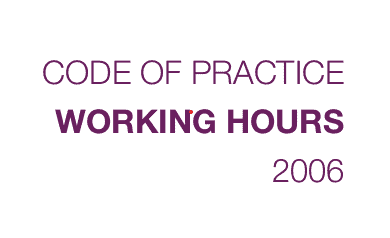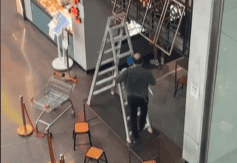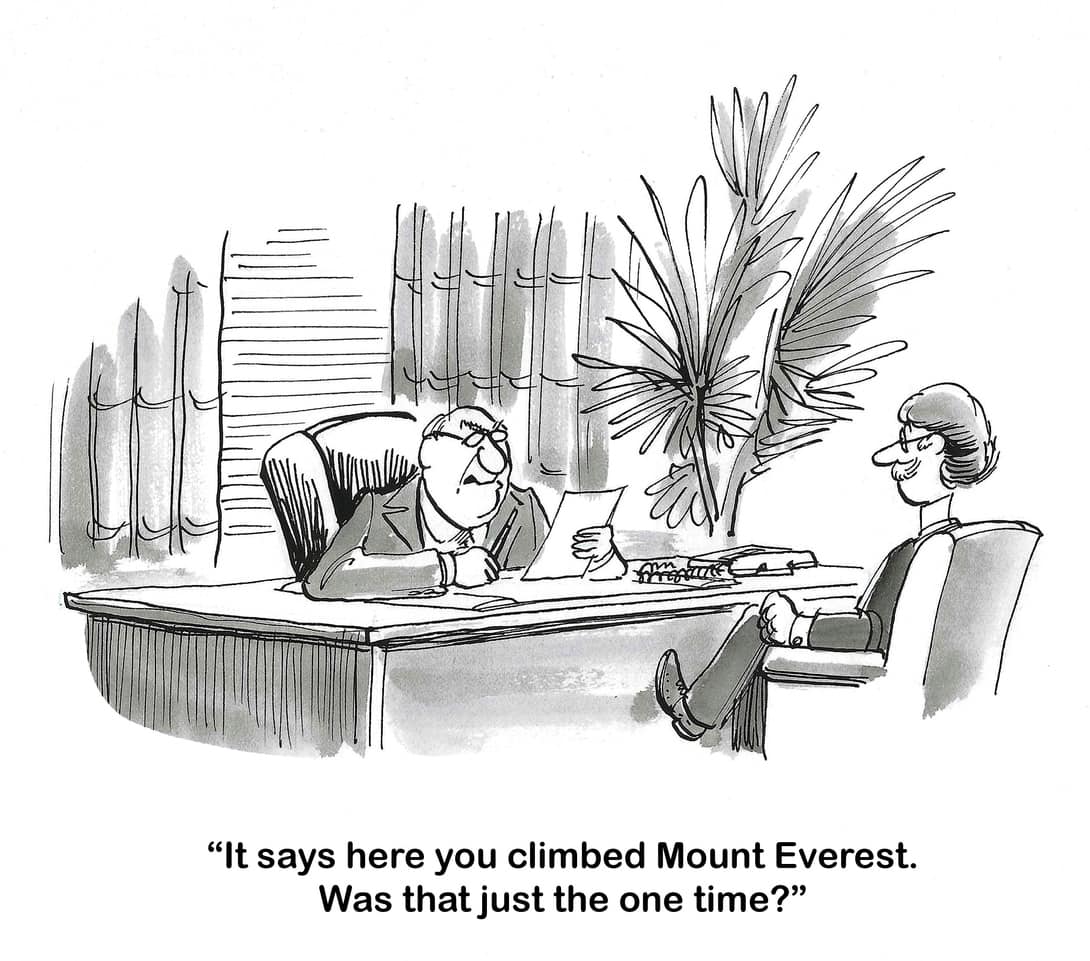I don’t believe that International Workers Memorial Day (IWMD) or the World Day for Safety and Health at Work should be held on any day other than April 28 each year. I don’t think Christmas should be moved or ANZAC Day. All these days are of significant cultural importance in Australia, and each of these dates has been set for the last few decades in the case of IWMD and ANZAC Day, and centuries for Christmas. Commemorating International Workers’ Memorial Day on a different day places logistical reasons and convenience above the significance of the day and the message it gives to the community.
Continue reading “Workplace deaths are convenient for no one”Category: design
Don’t be a slouch on workstation ergonomics
Office ergonomics is one of the most misunderstood and misrepresented areas of occupational health and safety (OHS). The issue of posture was discussed in an article in the New Yorker on April 15, 2024, based on a new book – “Slouch: Posture Panic in Modern America” by Beth Linker. Rebecca Mead writes that Linker analyses a time when:
“… at the onset of the twentieth century the United States became gripped by what she characterizes as a poor-posture epidemic: a widespread social contagion of slumping that could, it was feared, have deleterious effects not just upon individual health but also upon the body politic. Sitting up straight would help remedy all kinds of failings, physical and moral, and Linker traces the history of this concern: from the exchanges of nineteenth-century scientists, who first identified the possible ancestral causes of contemporary back pain, to the late-twentieth-century popularity of the Alexander Technique, Pilates, and hatha yoga.”
links added
Safety Systems of Work receives some clarity
Employers and their representatives have long claimed to not understand their occupational health and safety (OHS) obligations and include OHS in their spurious claims of government “red tape”. These claims have become a business mantra but it is BS. OHS is not separate from running a business, making business decisions, or even designing a business at the earliest concept stages. OHS exists in these processes even if the business owners fail to accept it.
But Australia’s OHS regime does have its blind spots. A major one is the lack of explanation for a “safe system of work“. But SafeWork’s new Designing Work to Manage Psychosocial Risks guidance offers some clarity. Maybe what has been largely ignored in the past has a renewed (psychosocial) relevance.
Work (re)design needs government subsidies to succeed
Last week, SafeWork New South Wales progressed the management of psychosocial hazards at work with the release of its Designing Work to Manage Psychosocial Risks guidance. This document has been a long time coming and offers significant advice on how work and people management needs to change in order to prevent psychosocial hazards. However, its implementation is likely to generate considerable opposition and confusion, or even organisational shock, if it is not able to convince employers of increased profitability and productivity from making the change.
A refresh of the Code of Practice for Working Hours could be of great benefit
Many workers have a working week that includes more hours than they were contracted for. This is often described as “unpaid overtime”, which is a misnomer as “overtime” traditionally involves being paid a higher rate of income to compensate for making one available beyond or “over” regular business hours. Unpaid overtime can also be considered employer- and employee-endorsed exploitation and lead to industrial disputes, as junior doctors recently showed in Victoria.
Since 2006, the West Australian government has had a Code of Practice for Working Hours, with supporting documents such as risk management guidelines. This level of prescription could be applicable in supporting and clarifying newly-emphasised occupational health and safety (OHS) duties for psychosocially healthy work.
What was he thinking? A case study in risk assessment and intervention
Below is a video of a worker setting up their work area and dusting a retail sign. When one sees such videos or images, we naturally think, “What is he doing?” and “What was he thinking?” This article speculates on those questions and what could have been done.
Dr Fleming’s well-being research has generated controversy, as it should
Dr William Fleming’s open-access article called Employee well‐being outcomes from individual‐level “Mental Health Interventions: Cross‐sectional Evidence from the United Kingdom” is receiving a lot of online and mainstream media attention, and rightly so. It is a robust piece of research from a sample of over 46,000 workers in 233 organisations. The article compares:
“…participants and nonparticipants in a range of common individual‐level well‐being interventions, including resilience training, mindfulness and well‐being apps. Across multiple subjective well‐being indicators, participants appear no better off.”






